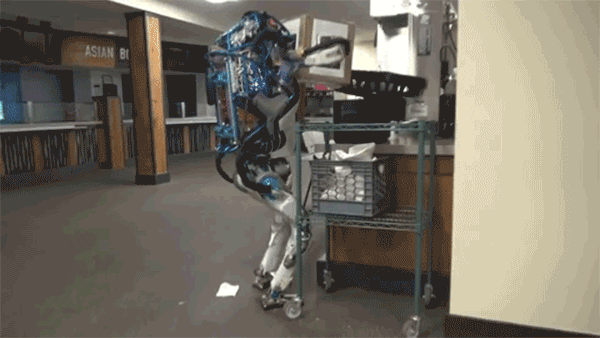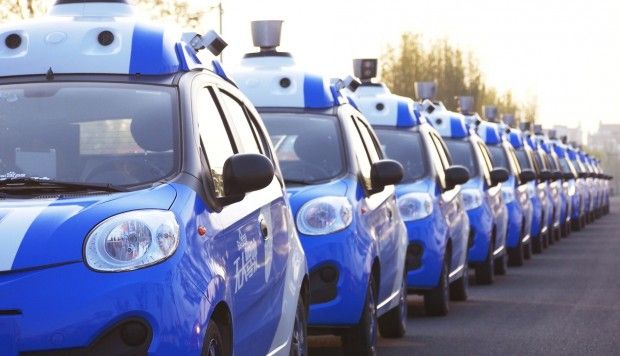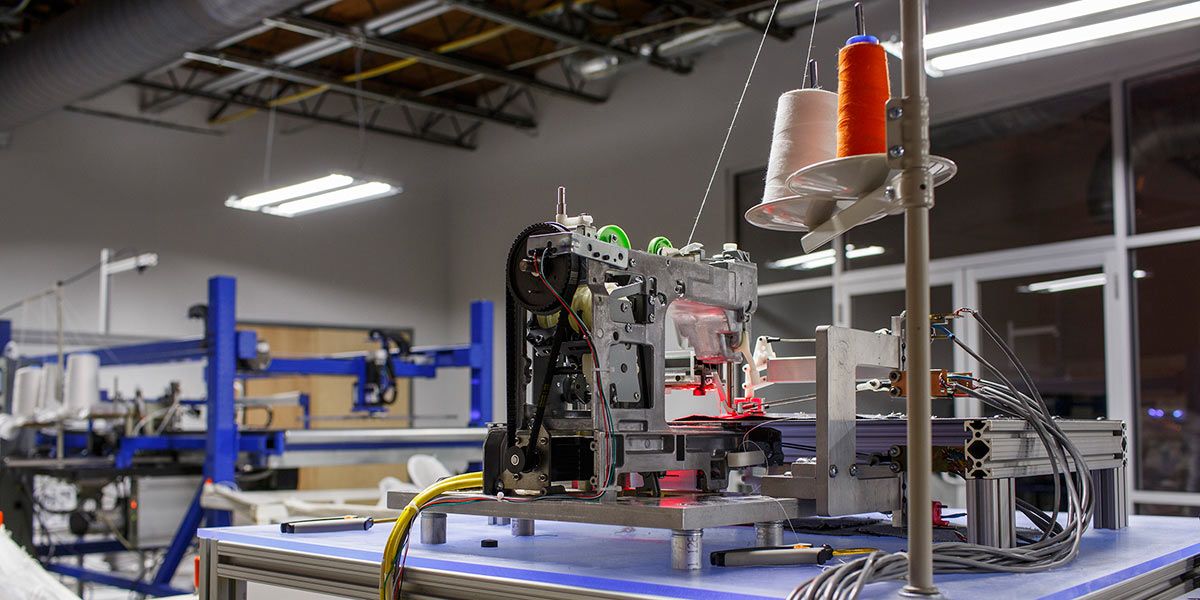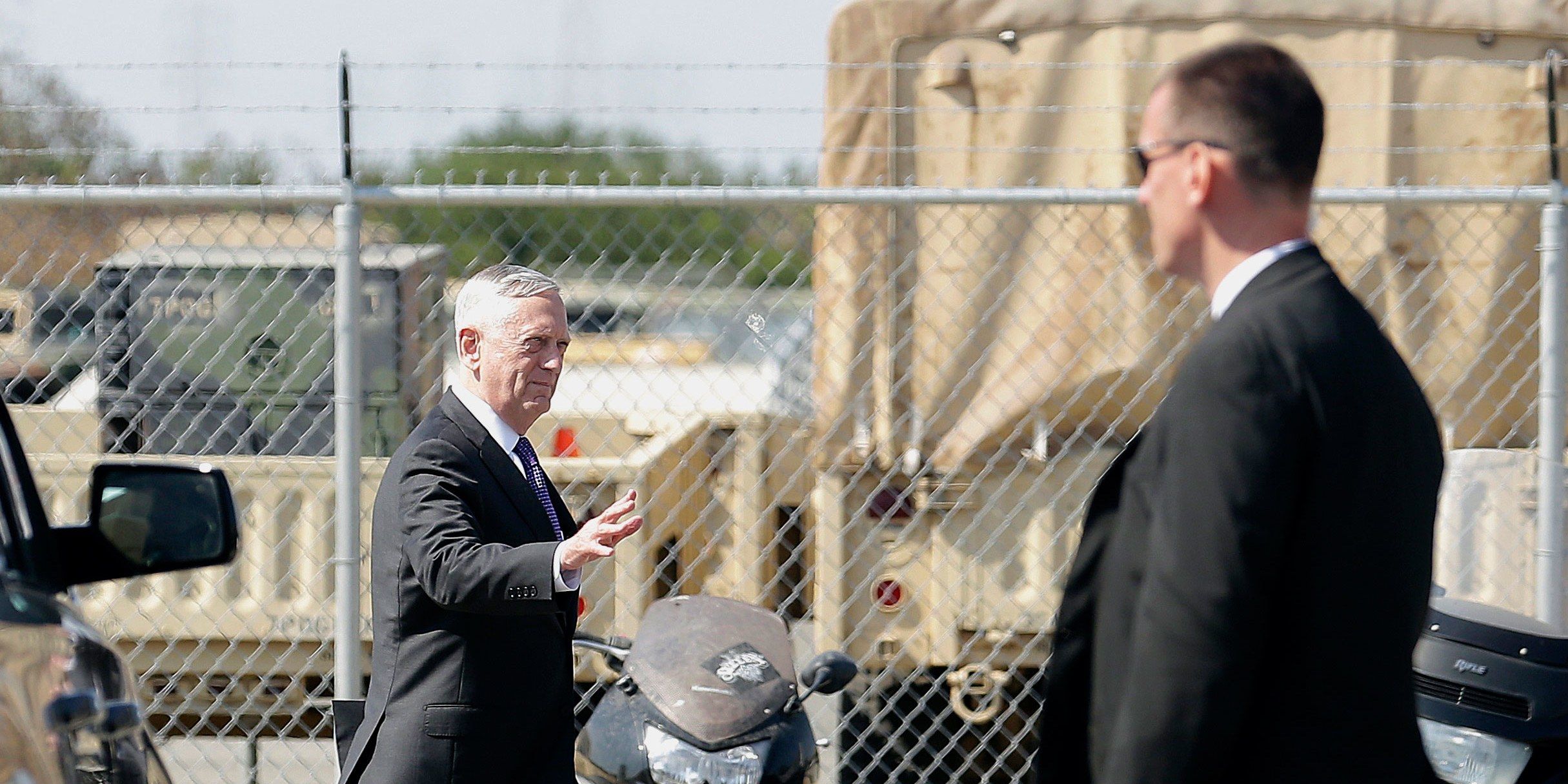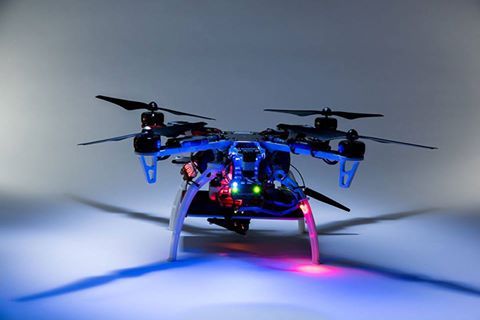New clip of ATLAS, having some problems but interesting to see.
If at first you don’t succeed, try again—and, if you’re a robot, again and again and again and again and again and again. Because it’s worth remembering that unlike many humans, automatons will keep at a task until they do achieve success.
This GIF of Boston Dynamics’s Atlas robot taking a tumble, sliced from a TED talk published Monday, has gone viral. Presumably, that’s because when humans aren’t fretting about how they’ll steal our jobs, we sure do seem to enjoy laughing at robots falling over.
But robots are tenacious: failures don’t demoralize them the way they do humans. So you can bet that Atlas carried on trying to nail the task of moving a box for hours, and then shared its learnings with all its buddies so that none of them make the same mistake in the future. (And at any rate, the robot that steals your job is unlikely to be a humanoid.)
